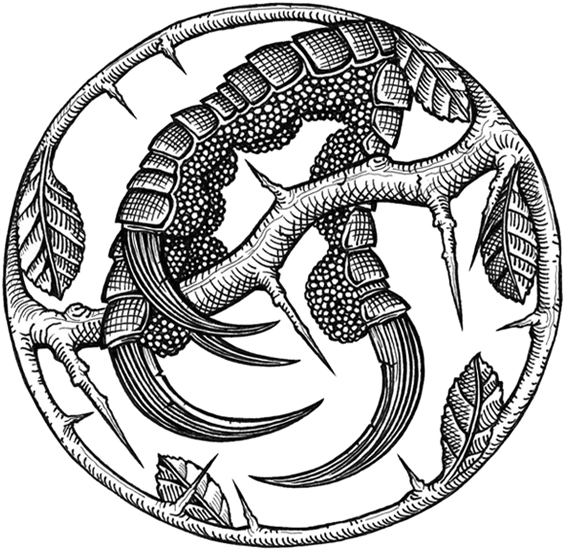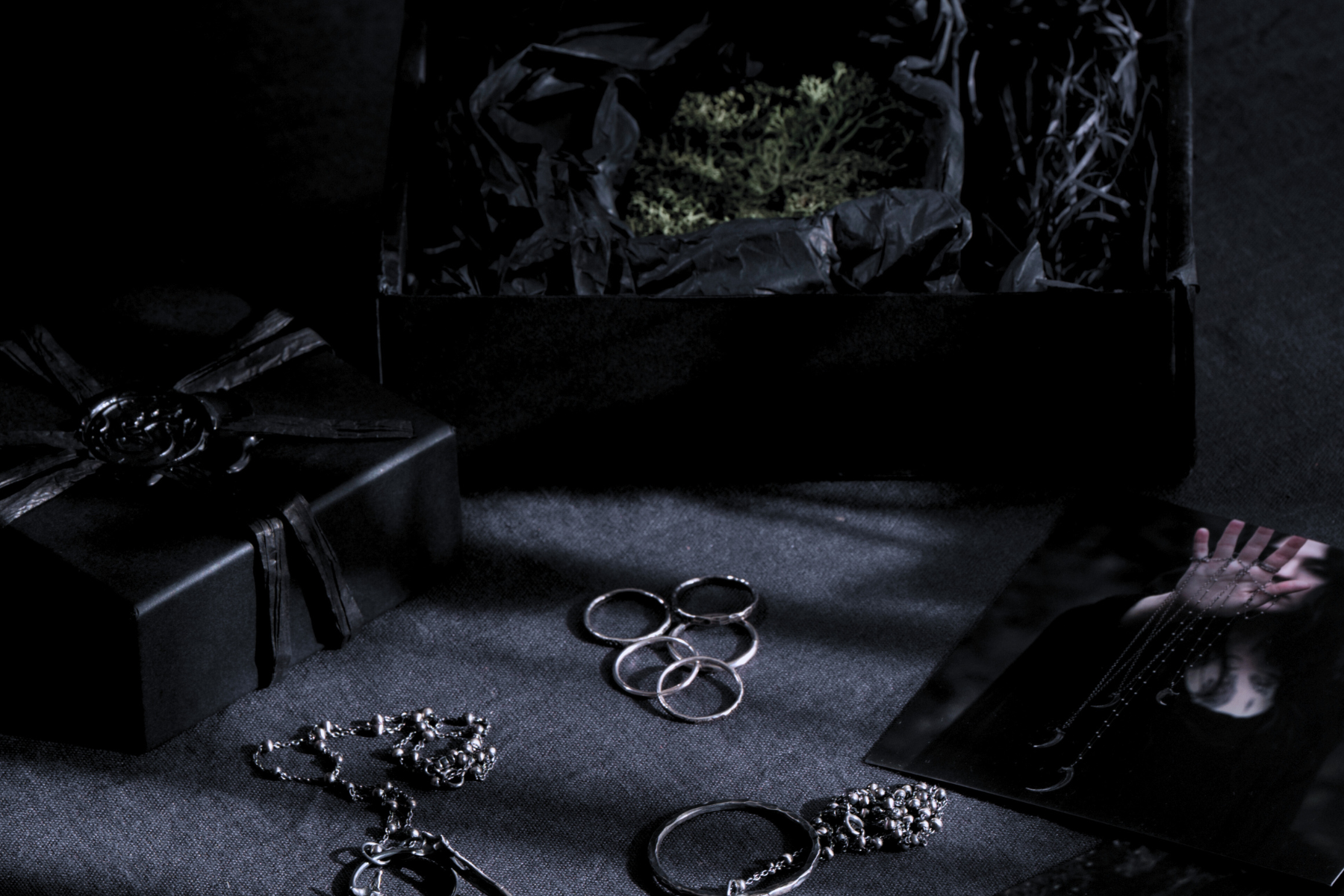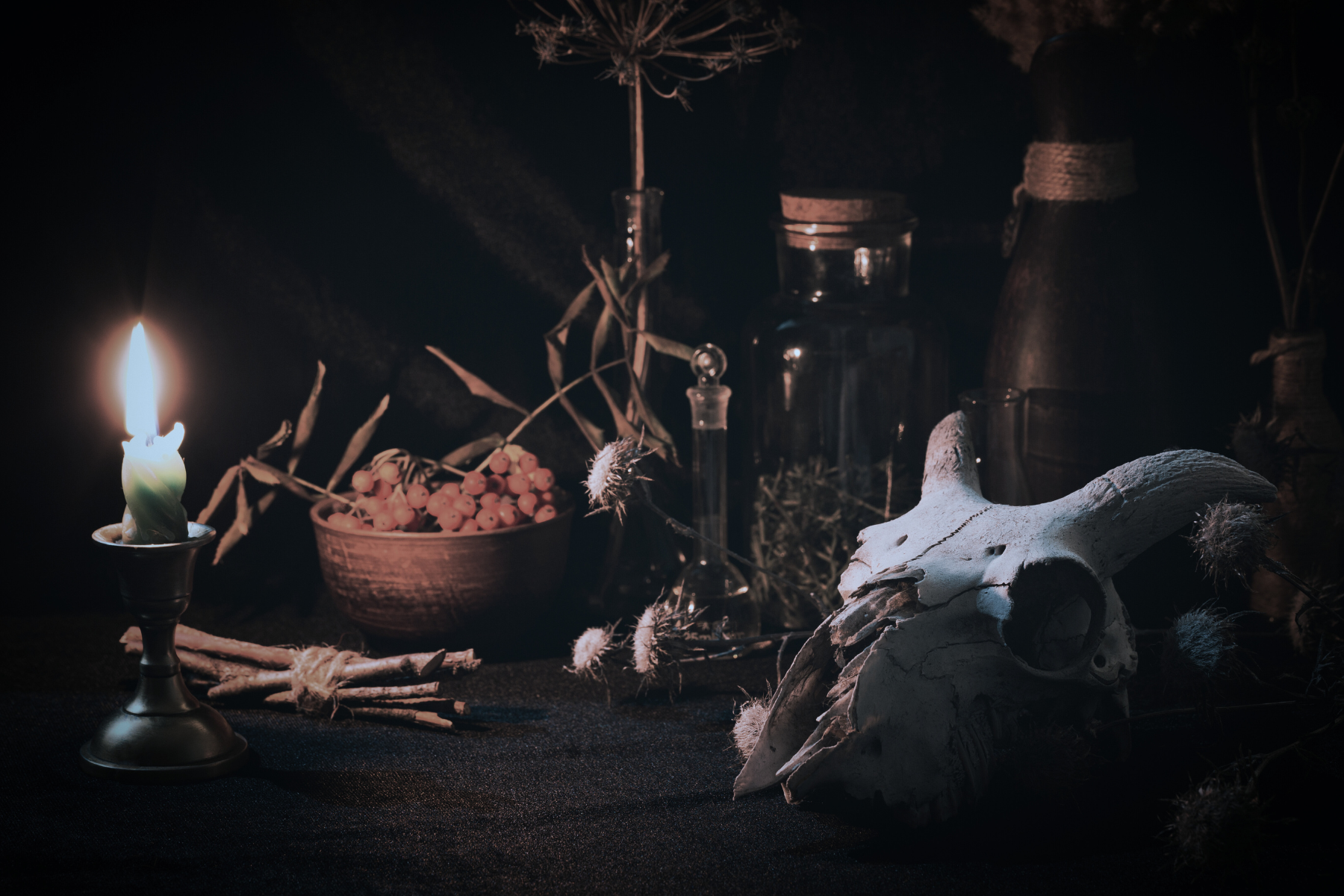
How to celebrate Lughnasadh
Lughnasadh, celebrated on August 1st, is an ancient Celtic festival of the first harvest. Rooted in Irish mythology and observed throughout Celtic lands, Lughnasadh honours the god Lugh, a deity of sun, skill, and sacrifice. Falling between the Summer Solstice and Autumn Equinox, it marks a powerful seasonal threshold, the beginning of the descent into the darker half of the year.
In this guide, you’ll discover the history, rituals, and rich symbolism of Lughnasadh, along with simple ways to honour the season through modern celebrations and handcrafted talismans.

What does the word Lughnasadh mean?
The word Lughnasadh (pronounced LOO-nah-sah) comes from Lugh, the skilled Celtic god of light, and nasadh, meaning a gathering or assembly. Lughnasadh was a time of fairs, games, feasts, and ritual offerings, often held on sacred hilltops. It commemorated not only the beginning of harvest, but also the mythical funeral games Lugh held in honour of his foster mother, Tailtiu.
What is Lughnasadh? Meaning, History & Traditions
Lughnasadh is one of Gaelic seasonal festivals, alongside Samhain, Imbolc, and Beltane. As the first harvest festival, it marked the gathering of wheat, barley, oats, and fruit, a time of gratitude, feasting, and seasonal rites.
In ancient Ireland, communities celebrated with competitive games, storytelling, matchmaking, and offerings of the first grain. These traditions acknowledged not just the bounty of the land, but also the hard work and sacrifice that growth demands.
Lughnasadh Symbolism
Plants:
-
Wheat, Barley & Corn: Represent abundance, labour, and the gifts of the earth.
-
Blackberries & Brambles: Wild, ripe, and fleeting, symbols of late summer sweetness.
-
Oak & Acorns: Strength, endurance, and the slow magic of what is still to come.
Colours:
-
Gold: The glow of ripened grain and the waning sun.
-
Green: The ongoing pulse of life within the land.
-
Red/Burgundy: Blood, sacrifice, and the first signs of autumn’s descent.
Animals:
-
Ravens & Hawks: Watchers of thresholds; messengers between worlds.
-
Foxes: Cleverness and seasonal adaptability.
-
Deer: Grace and presence in liminal times.
Food:
-
Bread: The first loaves made from new grain, often ritually offered.
-
Fruit & Berries: Gifts of the land; gathered, eaten, or shared.
-
Mead or Ale: Fermented abundance and seasonal celebration.
Tools & Symbols:
-
The Scythe: A symbol of endings and rightful harvest.
-
Bonfires: Honouring the waning sun and cleansing what must be released.
-
Storms & Wind: The volatile power of late summer.

Sacred Talismans for Lughnasadh
Jewellery can become part of a quiet ritual, a way to mark the turning of the seasons and call on the old stories that echo through them. When you wear a symbol with intention, it becomes more than adornment. It becomes a thread between you and what you wish to honour.
To dress yourself in seasonal talismans is to clothe your body as you would an altar, with reverence, beauty, and meaning. In this, you become the altar. A living invocation of the season itself.
Forni - Raven Claw Necklace
A fierce symbol of insight, guardianship, and endurance. The raven is a guide across thresholds, one who sees what others miss. Wear this talisman to honour your own strength as the wheel turns.
Draoidh - Acorn Necklace
Small yet powerful, the acorn carries the wisdom of future forests. This pendant holds space for all that is becoming. Honour what you've planted, and all that is quietly preparing to rise.
Veðrfölnir - Hawk talon necklace
Tied to Lugh himself, the hawk embodies clarity, focus, and the discipline of skill. Let this piece sharpen your sight and guide you with grace into the season ahead.
Traditional Lughnasadh Rituals & How to Celebrate
Ancient Practices:
-
Bake and bless bread – The baking of bread from freshly harvested grain was a central ritual. The first loaf was often broken and shared in ceremony, or offered back to the land as a gift of gratitude to the earth and the gods.
-
Offer fruits or grain – Giving back part of the harvest to the earth or river honoured the natural cycle of life, death, and renewal. Offerings were made at sacred sites, under trees, or at hilltop gatherings.
-
Craft or share your skills – Lugh was a god of many talents, and to honour him, people showcased their own gifts. Whether through metalwork, music, poetry, or storytelling, the act of creating and sharing was a sacred offering in itself.
-
Feast with community – Lughnasadh was one of the few times in the year when entire communities came together to feast, drink, and celebrate the fruits of their labour. These gatherings reinforced bonds and marked a time of shared abundance.
-
Host or attend games and competitions – Athletic contests, horse racing, and tests of strength were held in Lugh’s honour. These games, known as the Tailteann Games, were both a tribute and a chance for individuals to prove their skill, speed, and courage.
Modern Ways to Celebrate:
-
Create a seasonal altar with grain, feathers, bramble, and candlelight
-
Walk in nature and gather wild berries mindfully
-
Light a fire or candle and reflect on what you're harvesting in your own life
-
Adorn yourself with a talisman for transition, focus, or strength
-
List your personal harvests, what has come to fruition this year?
How to Celebrate Lughnasadh at Home
Even if you're not near a sacred site or wild hilltop, you can honour Lughnasadh with quiet, meaningful acts:
-
Bake something by hand, like sourdough, berry crumble, or oatcakes
-
Set intentions for the waning half of the year
-
Arrange your own first harvest altar using symbols listed above
-
Light incense or herbs such as mugwort or oak to bless your space
-
Choose a seasonal talisman to carry the energy of transition with you
Lughnasadh FAQ
Q: When is Lughnasadh in 2025?
A: Lughnasadh is celebrated on August 1st in the Northern Hemisphere. Some observe it on the closest weekend or full moon.
Q: Who is the god Lugh?
A: Lugh is a Celtic deity associated with sunlight, craftsmanship, and skill. He is honoured during Lughnasadh as a bringer of harvest and protector of the land.
Q: How do I celebrate Lughnasadh at home?
A: You can mark the day with seasonal baking, lighting candles, creating a harvest altar, or wearing a meaningful talisman.
Q: Is Lughnasadh a pagan holiday?
A: Yes, it is one of the four ancient Celtic fire festivals and has deep roots in pre-Christian pagan tradition.
Q: What is the Southern Hemisphere equivalent?
A: Lughnasadh corresponds to Imbolc in the Southern Hemisphere, marking early spring and the return of light.
More Seasonal Lore
Let this harvest not pass unnoticed. Honour your own growth,and choose the symbols that root you deeper. Whether it’s raven claw, acorn, or hawk, carry a talisman that mirrors your path.
Join the Ritual Circle
If you're drawn to seasonal rhythm, ancestral symbolism, and talismans that carry deep meaning, I invite you to join the Thorn & Claw Ritual Circle. You’ll receive letters at the turning points of the year with folklore, journal prompts, and early access to new designs.





